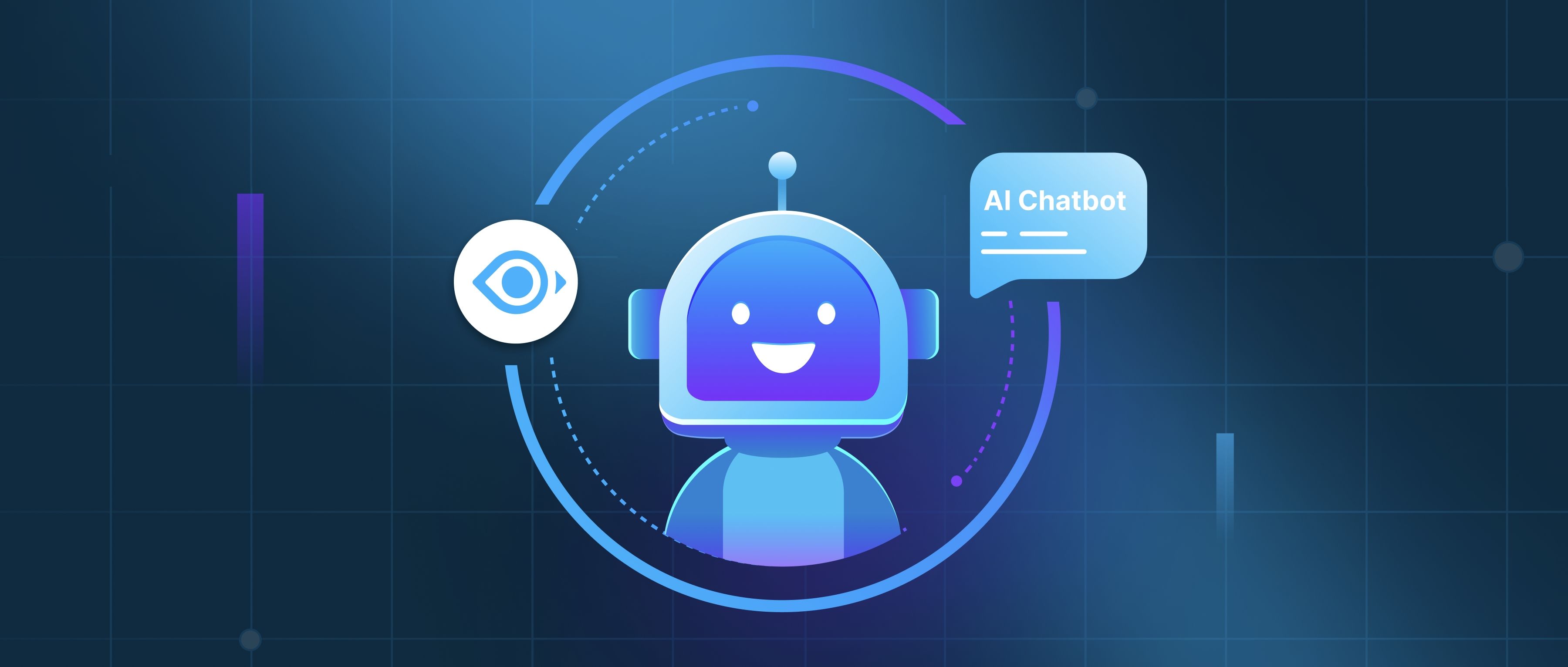Text-to-Speech (TTS) integration documentation typically includes three core components: API references, authentication guidelines, and code examples. The API reference details endpoints for synthesizing speech, parameters like voice type, language, speech rate, and output formats (e.g., MP3, WAV). It explains request structures (headers, payloads) and response handling, including audio data or error codes. Authentication sections cover how to generate API keys, OAuth workflows, or token-based access, along with rate limits and quotas. Code examples in languages like Python, JavaScript, or cURL demonstrate basic synthesis, handling streaming audio, or configuring SSML (Speech Synthesis Markup Language) for prosody control. A "Getting Started" guide often accompanies these, providing step-by-step setup instructions.
SDK-specific documentation and advanced feature guides are also common. SDKs simplify integration by abstracting low-level API interactions, offering methods for voice selection, audio streaming, or batch processing. Documentation here includes installation steps (e.g., npm packages, pip installs), SDK configuration, and platform-specific considerations (mobile vs. web). Advanced sections might cover custom voice models, pronunciation lexicons, or real-time streaming optimizations. Best practices are often included, such as caching synthesized audio to reduce latency, retry strategies for API errors, and compliance with regional data laws. For example, a guide might explain how to use SSML to add pauses or emphasis in generated speech or how to handle language-specific characters.
Finally, troubleshooting guides and compliance documentation address common issues. Troubleshooting sections list error codes (e.g., "401 Unauthorized" for invalid keys, "400 Bad Request" for malformed SSML), audio playback issues, or network latency mitigation. Compliance documentation outlines data privacy policies (GDPR, CCPA), licensing restrictions for generated audio, and usage limits. Some providers include tutorials for specific use cases, like embedding TTS in a mobile app using Android’s AudioTrack API or integrating with a voice assistant via WebSocket streaming. Forums, support SLAs, and changelogs (e.g., new voice additions or API version deprecations) are often linked to help developers resolve edge cases.
